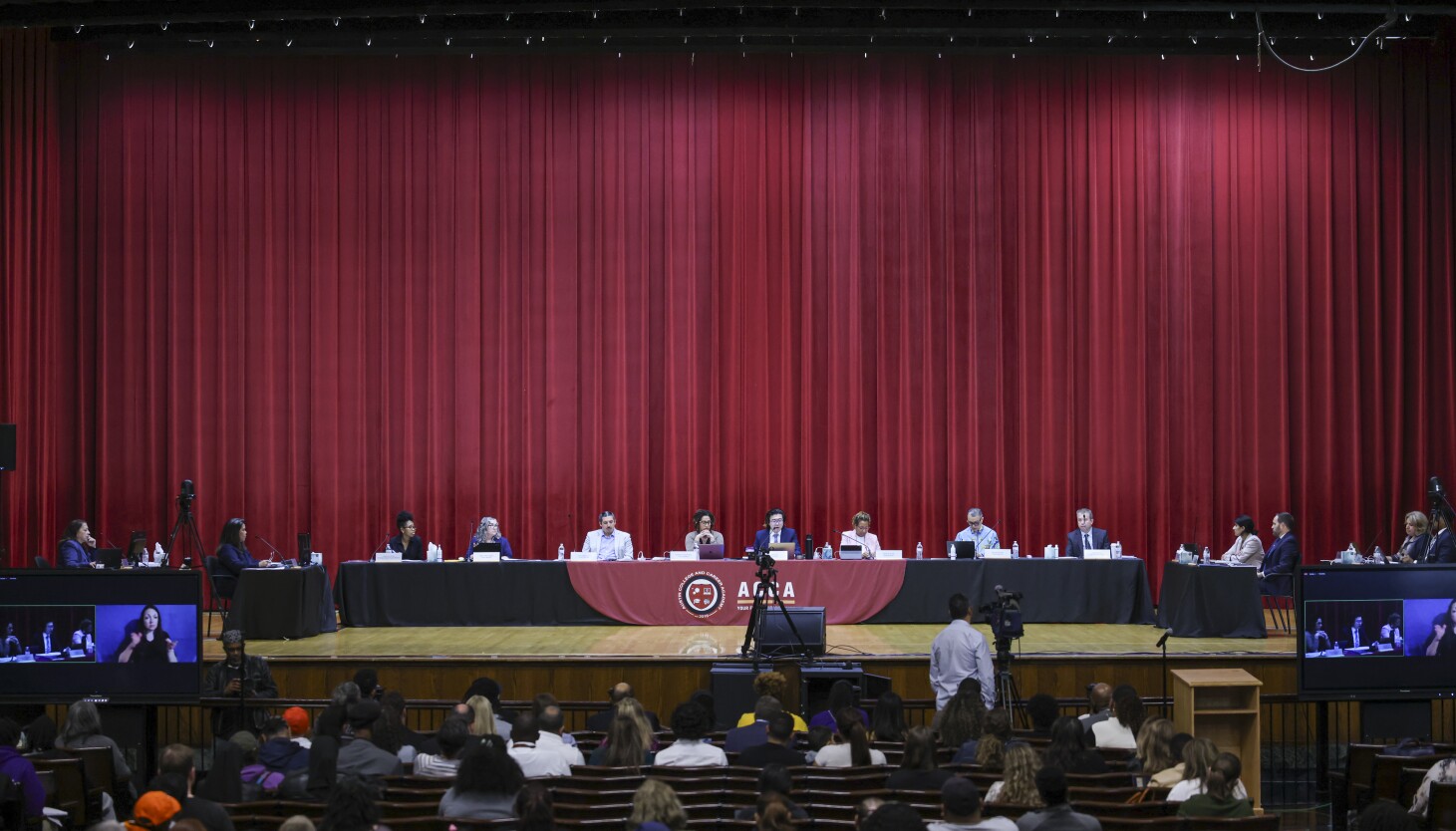Mayor Brandon Johnson has appointed 11 new members to Chicago’s 21-member Board of Education, solidifying his influence over Chicago Public Schools for the next two years. The appointments, announced on Monday, follow the city’s first-ever school board elections in November. Johnson’s selections largely consist of community organizers and activists, with only two departures from his previous board. This, combined with four elected members endorsed by the Chicago Teachers Union (CTU) – a key ally in Johnson’s mayoral campaign – gives him a 15-seat majority on the 21-member board.
The mayor emphasized his search for individuals passionate about public education and acutely aware of the potential threats to public schools posed by the incoming administration. He also highlighted the need for board members to prioritize the needs of neglected families and unfairly attacked teachers, and to address a disputed pension payment for non-teaching CPS employees. Legal constraints required Johnson to appoint individuals residing outside the geographical districts of their elected counterparts, adding complexity to the selection process.
Leading the board is newly appointed president Sean Harden, a consulting executive with experience in the Daley administration and as CPS deputy CEO for community affairs. Four existing board members retained their seats: Debby Pope, Michilla Blaise, Frank Niles Thomas, and Olga Bautista. Mary Gardner and Rafael Yañez are departing. The remaining appointees include Ed Bannon, a former Local School Council member; Norma Rios-Sierra, an artist and activist; Pastor Emma Lozano, a prominent immigration activist and advocate for bilingual education; Karen Zaccor, a recently retired teacher who ran unsuccessfully for an elected seat; and Anusha Thotakura, a progressive policy advocate and the likely youngest member of the board.
Prior to the announcement, Kids First Chicago, a parent advocacy group, sent a letter to the mayor urging him to ensure the board’s racial composition reflected the student population, which is nearly 90% Black and Latino. The final composition of the board includes seven white members, six Black members, seven Latino members, and one Asian American member.


